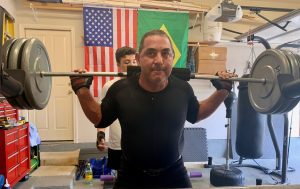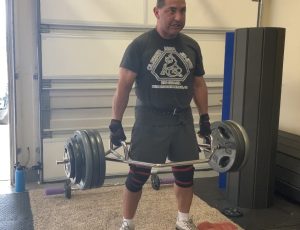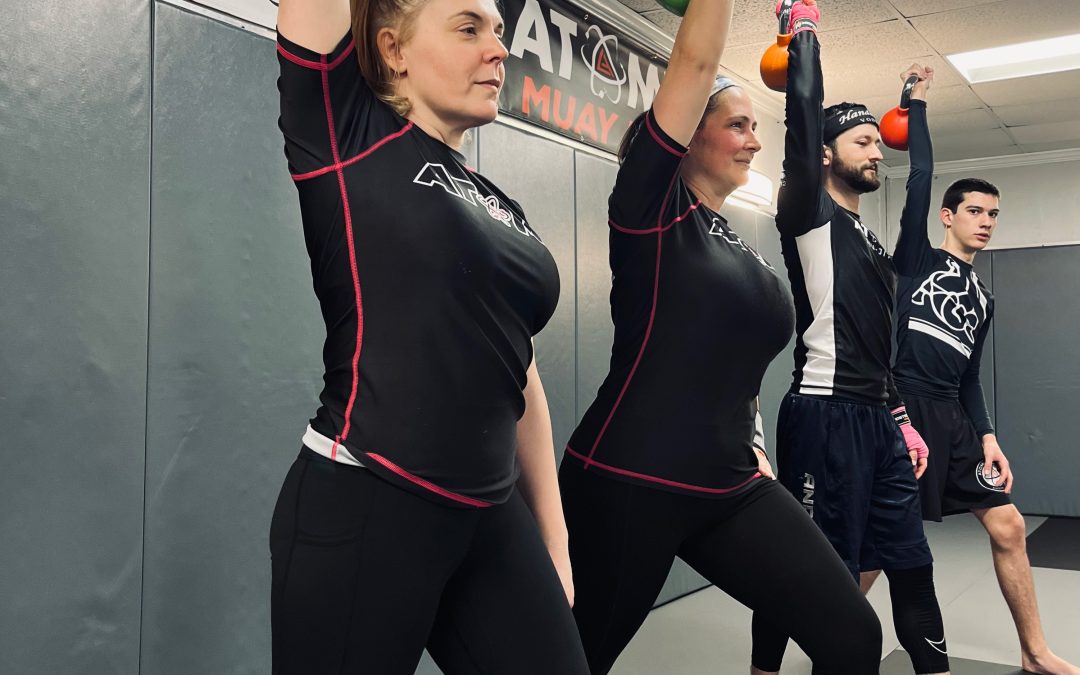 Weight Training for Combat Sports
Weight Training for Combat Sports
by Adrian J Trevino
Weight training is an integral component of training for combat sports, as it helps athletes develop strength, power, and muscular endurance essential for performance in the ring or cage. Here are some key principles and considerations for incorporating weight training into a combat sports training regimen:

- Functional Strength: Focus on exercises that improve functional strength and mimic movements used in your specific combat sport. This might include exercises such as squats, deadlifts, lunges, rows, presses, and rotational movements.
- Compound Movements: Prioritize compound exercises that engage multiple muscle groups simultaneously, as they are more effective for building overall strength and power. Examples include squats, deadlifts, bench presses, and pull-ups.
- Sport-Specific Movements: Consider incorporating exercises that replicate the movements and demands of your sport. For example, wrestlers might focus on explosive takedowns and grappling movements, while boxers might emphasize punching power and footwork.
- Periodization: Use a periodized training program that includes phases of hypertrophy, strength, and power training. This helps prevent plateaus, optimizes gains, and ensures peak performance during competition.
- Intensity and Volume: Adjust the intensity (load) and volume (sets and reps) of your weight training sessions based on your training cycle, goals, and recovery capacity. Focus on progressively overloading the muscles over time to stimulate growth and adaptation.
- Power and Explosiveness: Incorporate plyometric exercises such as box jumps, medicine ball throws, and explosive push-ups to improve power output and explosiveness, which are crucial for generating force quickly in combat sports.
- Core Strength: Strengthening the core muscles (abdominals, obliques, and lower back) is essential for stability, balance, and generating power in combat sports. Include exercises like planks, Russian twists, and cable rotations to target the core.
- Flexibility and Mobility: Maintain adequate flexibility and mobility to prevent injuries and optimize performance. Include dynamic stretches, foam rolling, and mobility drills as part of your warm-up and cooldown routines.
- Rest and Recovery: Allow sufficient time for rest and recovery between weight training sessions to prevent overtraining and promote muscle repair and growth. Adequate sleep, proper nutrition, and active recovery techniques are also important for recovery.
- Consultation and Supervision: If you’re new to weight training or unsure about proper technique, consider working with a certified strength and conditioning coach who has experience working with combat athletes. They can help you develop a personalized program and ensure you’re training safely and effectively.
By incorporating weight training into your overall training regimen, you can improve your strength, power, and endurance, ultimately enhancing your performance in combat sports. However, it’s important to tailor your weight training program to align with your specific sport, goals, and individual needs.

